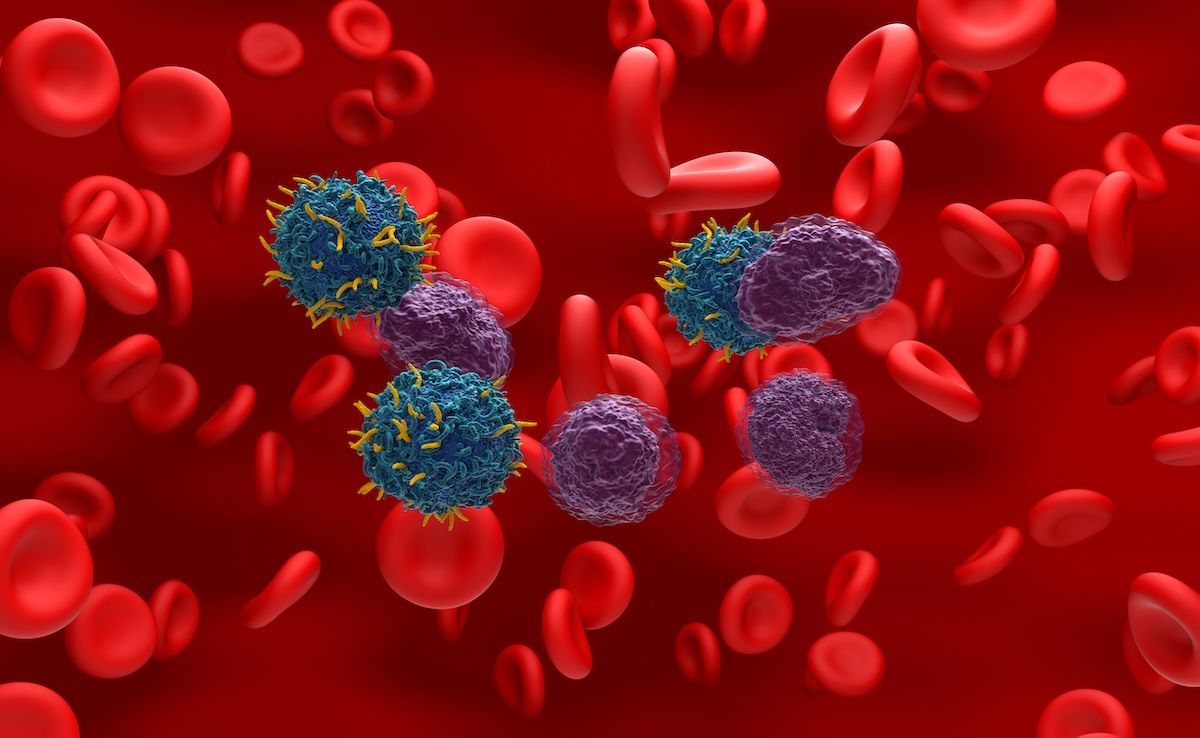Video
Autoimmune Disease & Maternal Health: Improvements in Treatment
Christopher Robinson, MD, MSCR, FACOG: Taking a step back and looking at where we’ve been over the course of the years, if a person had an autoimmune disease, the goal was always to suppress the entire immune system with no specificity whatsoever. In other words, if we just turned it off, maybe we would get better results, and that’s where steroids played a huge role. When we look back, steroids were the mainstay for the management of this disease. What’s very fortunate now is we have many, many other options that are safe and, more importantly, are targeted to really reduce inflammation and reduce the specific aspects of disease that are most damaging to the body—and are also potentially problematic for the reproductive planning of the parents.
And so I think there had been huge advances in that area. As we continue to get information, we certainly have medications that now have many years of exposure history. And as we have that information and we have more registry information, as well as prospective trials where we have actually studied these medications, we are gaining more and more information about safety. That’s what has led to really being able to gain better control, prevent flares, and keep maternal health in check throughout pregnancy. This is compared with the older days, when we had azathioprine, steroids, Asacol, and things of this nature for treatment that were nonspecific therapies in many cases. So it is an exciting time.
I think there’s lots of interest in the current time period on how to design medications that may not cross the placenta if you do have a concern about medication exposure to the baby. There certainly are ways that we can look at how biologics, for instance, can cross or may not cross when certain aspects of those drugs are eliminated. For instance, we know that in pregnancy at the placental level, there is an Fc receptor which binds to the long arm of the IgG Fc fragment. That is the unique and only way that antibodies cross from the maternal circulation to the fetal circulation. We do have 1 biologic agent out there now that does not have an Fc fragment on the long arm. As a result, that drug is not transmitted across to the pregnancy to the fetus. If it is found, it is found in very, very low detectable levels—if at all—in the majority of cases.
Certolizumab has that specific ability. I anticipate there will be additional developments in that area, where we will begin to look at ways to use the Fc fragment, to use that pathway that’s been very well elucidated on transmission of IgG or biologic molecules across the placenta, prohibiting that from taking place. I think that’s a major benefit. Also, if we think about the immune system, the immune system has many targets.
There are other agents that are in development that look at other targets throughout the immune system, in suppressing autoimmune disease. I think the key there is, just like with the agents that we know now are safe for use in pregnancy, we have to gain experience over time to understand how those agents may potentially interface and work within a treatment plan of autoimmune disease in reproductive care. In planning pregnancy and going into pregnancy and understanding how those may work, that will also be important.




